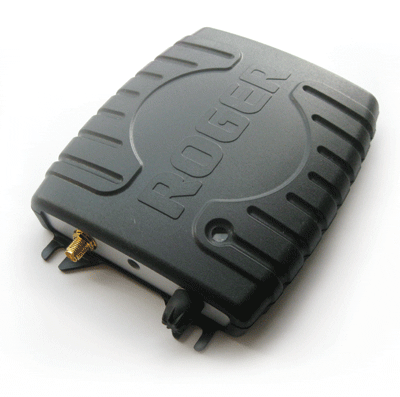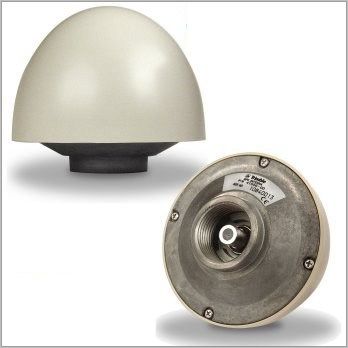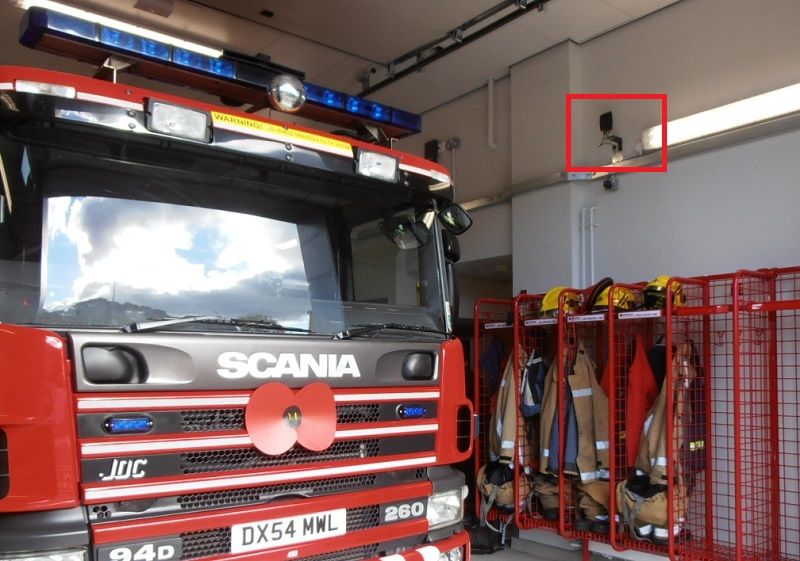Indoor GPS Signal – Who Needs It?
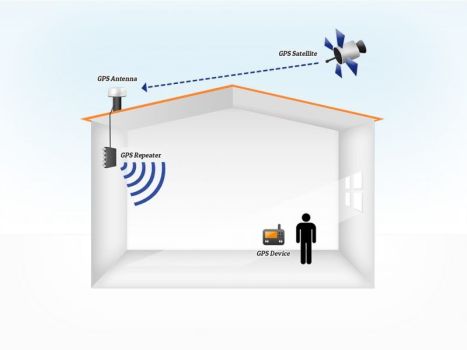
First – let’s define a GPS Repeater System: A repeater is a device that relays GPS signals to any indoor location that isn’t normally reachable.
There is an outdoor antenna to pick up the GPS satellite signals from your rooftop, and a coaxial cable that carries the signal inside the building to a small, mains-powered, repeater unit.
The repeater unit re-radiates the GPS signal inside the building.
The coverage area varies according to the environment; when mounted 10 metres above ground (for example in a hangar) the coverage area would have a diameter of approx. 50-60 metres.
The cable is usually standard RG58 coaxial, which is fine up to around 25 metres.
Any longer than 25 metres and signal losses through attenuation become significant on RG58, so we upgrade the cable to a lower-loss option.
The antenna we use most of the time is a Trimble Bullet – it’s small, unobtrusive and reliable.
The Bullet has a built-in LNA (low noise amplifier) with a gain of 35dB at L1, L2 and GLONASS frequencies.
This gain is required to overcome cable losses and to ensure the repeater input signal is sufficiently strong and noise-free.
Consider the following applications and see if any other situations where indoor GPS signal would be useful (or even crucial) spring to mind.
• Fire & Rescue Stations: A repeater system installed in a fire station ensures that satellite navigation equipment (generally known as the MDT) in rescue vehicles is “locked on” to the GPS satellite service at all times while indoors.
This means that when they exit the station “on a shout” the satnav devices don’t have to wait maybe three or four minutes to acquire the satellite signals – probably qualifies as a “crucial” situation.
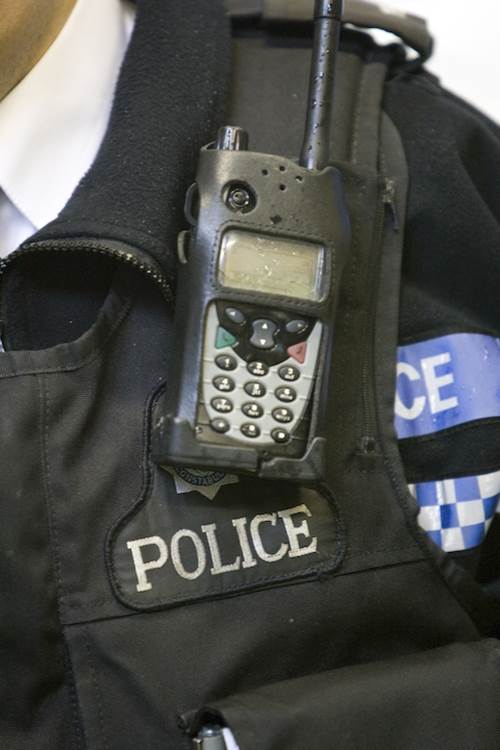
Their radio devices these days are far more than walkie-talkies; they have GPS chips in them that provide location coordinates that are relayed constantly back to the control room, often via the TETRA network.
A GPS repeater in a police station means that the command and control centre always knows where their resources (officers) are at all times.
Arguably a crucial situation in certain circumstances.
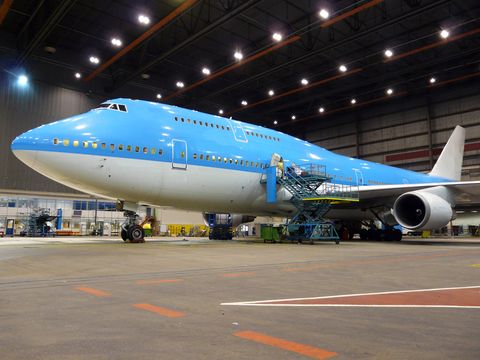
Maybe not crucial in the life-or-death sense, but would save a lot of time, effort and money if aircraft can stay inside until fully tested and ready to go.
In a military context, if fighter jets inside hardened shelters receive a live sky view at all times, they will experience zero satellite acquisition delay upon exit.
• Computer/electronic test facilities: So many systems contain embedded GPS chips these days that it can be a major inconvenience to take them outside the building to get a view of the satellites in the sky.
One specific industry sector that suffers in this respect is asset tracking firms; a repeater means that tracking devices can be manufactured, repaired and tested indoors before shipping out or putting in stock.
Aside from making life easier, an indoor GPS signal will introduce time/money efficiencies into any process, so a return on investment (ROI) is seen very soon after installation.
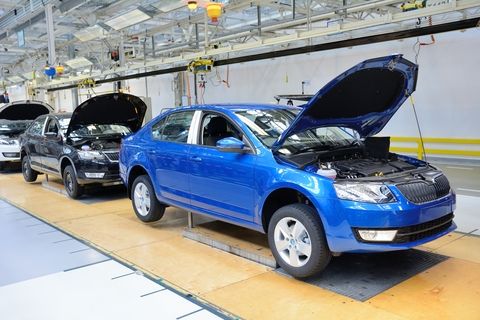
There is often a very small window of time during which on-board systems are registered on the manufacturer’s servers before departing; if a GPS signal is not available this window can be missed, resulting in a log-jam within the final stages of the production line.
A repeater system installed within the final stages of the production line effectively brings the outdoor signal inside, reducing delays and increasing productivity.
——————
There are other great uses for a GPS repeater – basically anywhere indoors where a signal cannot exist “naturally”.

